Moscow underground river
Few of the residents and guests of Moscow knows that the underground river in the center of capital separates only a manhole cover and a few meters of land. Neglinka originates from Pashenskogo marshes near Marina groves and, crossing the central districts of the city from north to south, flows under the streets, it owes its name to it: Gravity Square boulevard and lane, Neglinnaya Street and the Pipe area. Neglinka - legendary-a-kind river. Not very long and wet, she played a significant role in the life of Moscow: Neglinnaya contributed to the emergence of the valley, on the banks of which stands the Kremlin.
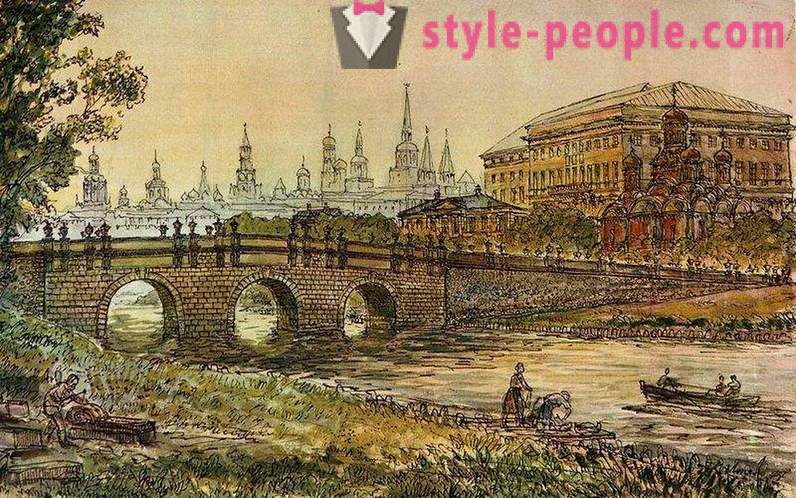
Changing the name of a river in the history of
Neglinka River was first mentioned in chronicles of the beginning of the XV century under the name Neglimny. By the way, over the years, the river has changed many names, among which Neglinny, Neglinnaya and spontaneity. According to one version, the last name has appeared in connection with the fact that the average flow of the river in the vicinity of the current Pipe Square stemmed from flowing ponds, that is flowed by gravity.
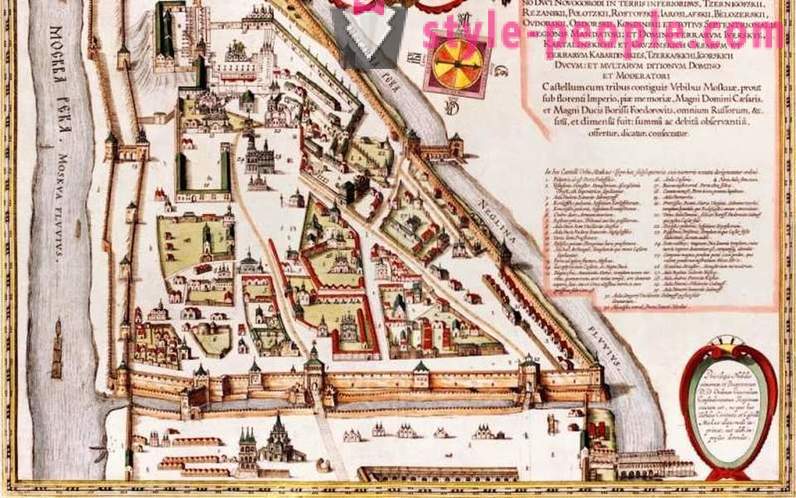
Neglinka role in the lives of the residents of Moscow
It's hard to imagine, but once Neglinnaya was deep river with clean water, and in its lower reaches are even shipping. At the beginning of the XVI century the water for the moat around the Kremlin walls came from the Neglinnaya. On the river built a dam, forming a six-connected with each other ponds used for fish farming. Water from the ponds were also taken to extinguish frequent at the time of fire.
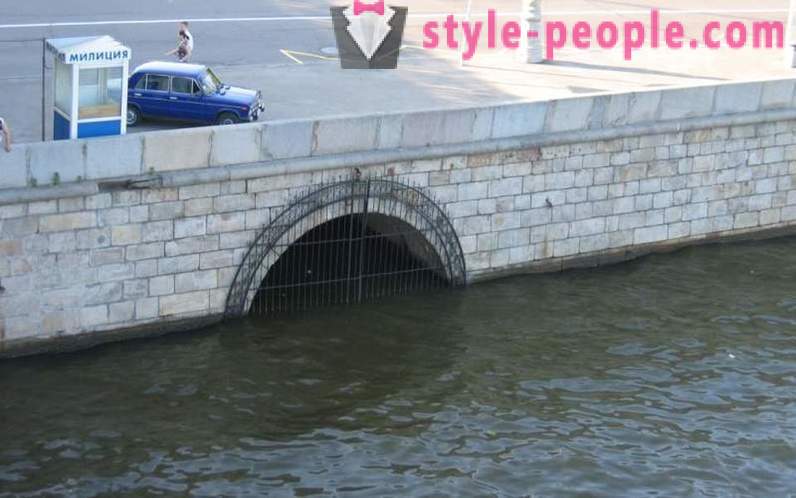
Problems with pollution
However, in the middle of the XVIII century water Neglinnoy they were heavily contaminated, as used as sewage water for the needs of the population quickly grew up in Moscow and growing industry. Part of ponds was decided later. I should add that in Neglinnaya high water overflowed and flooded the surrounding streets. Therefore, the 1775 Catherine II was a project in which the Neglinnaya ordered "to turn into an open channel, with avenues for festivities on the banks."
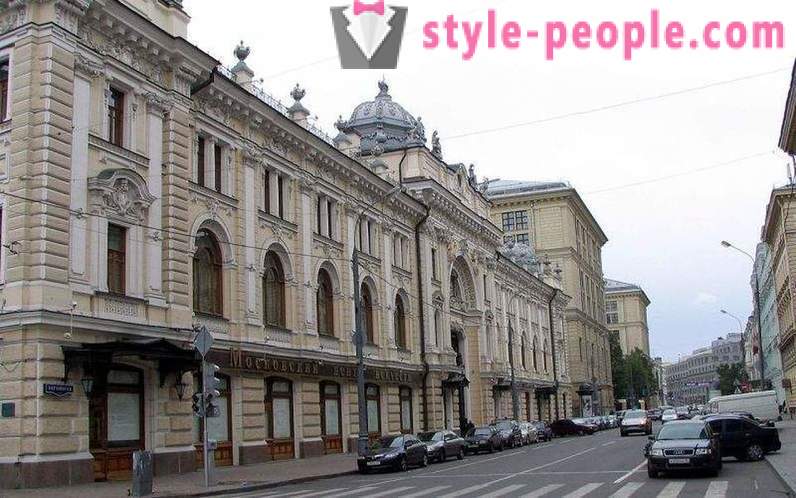
to
Construction of pipe
However, an open channel, redolent throughout its length with sewage, did not contribute to improving the atmosphere in the capital, so it was decided to go to sleep, after having blocked the arches. For the construction of an underground bed he took up a military engineer E. Cheliev, and under his leadership to the 1819 part of Samotechnochnoy Neglinnaya street and entered into the mouth of the pipe, which is a three-kilometer brick arch. A shore former channel turned into street Neglinnaya.

The first major overhaul of
Fifty years later collector Neglinnoy no longer cope with the water flow. During severe floods and heavy rains the river made its way to the surface. The situation is complicated homeowners arrange homemade frame, through which sewage dumped into the river. And the 1886-87 biennium. overhaul of the underground channel was produced under the direction of engineer N. Levacheva. Tunnel was divided into three portions.

Schekotovsky tunnel
In the years 1910-1914. project engineer M. Shchekotov was built Neglinka section header, which is under the Theater Square. This tunnel, the length of exactly 117 meters, runs next to the hotel "Metropol" and the Maly Theater. Now he is called in honor of its creator - "Schekotovsky tunnel", and there is generally carried out illegal tours of Neglinka.
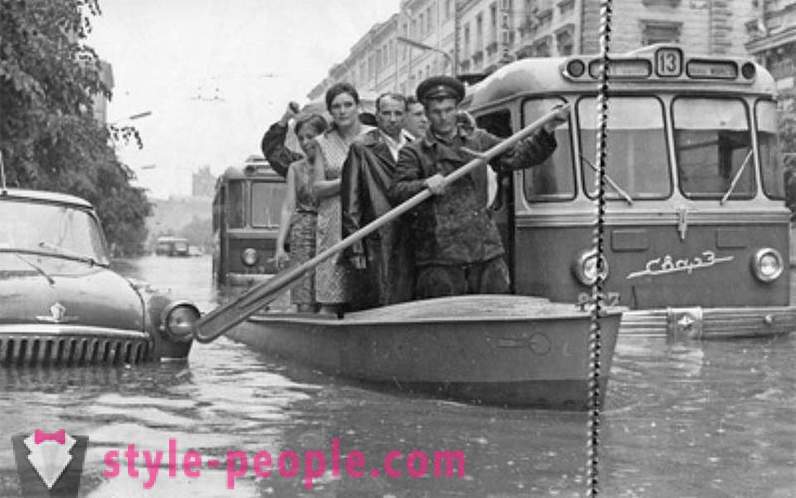
flood problem
Despite the construction of more and more flooding collectors did not stop - in the middle of 60-ies of the last century Neglinka again it broke the surface and flooded some streets so that it had to move around the boat. When in the early 70's updated and greatly expanded the collector from the Pipe Square and to the hotel "Metropol", flooding, finally stopped.
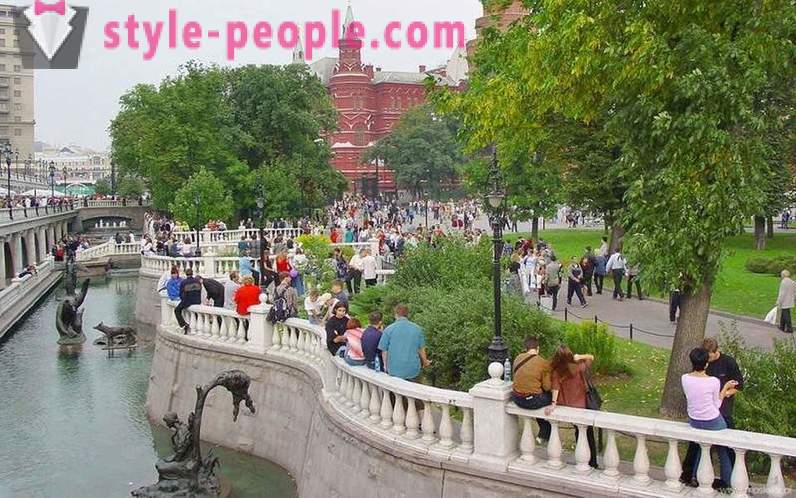
Neglinka in the late twentieth century,
By 1997, the studio of the artist and sculptor Zurab Tsereteli, the project has been completed, including the reconstruction of the channel Neglinka from the Alexander Garden and to the Manezh Square. The pool closed cycle, within which is maintained artificially, it is not in fact an attempt to withdraw part of the river from the earth, as many Muscovites. To date, the imitation Neglinka in this place is equipped with fountains and sculptures.













































